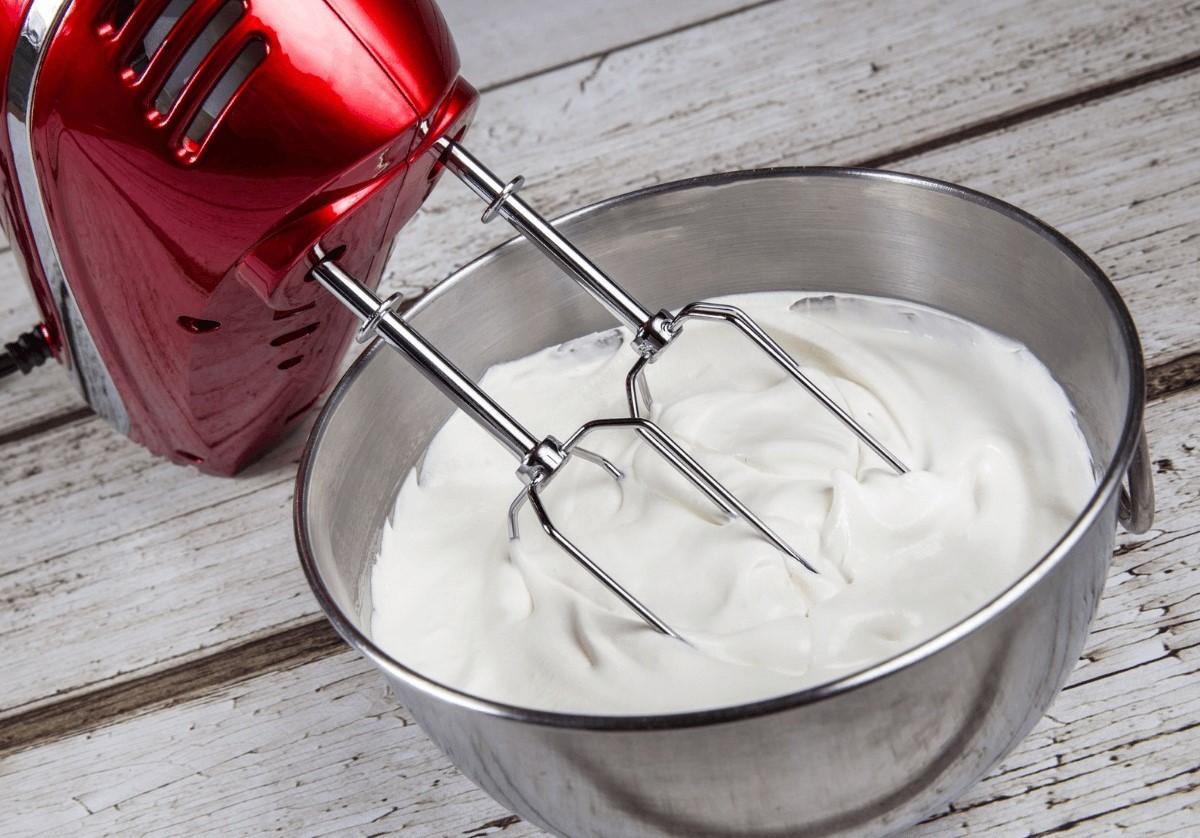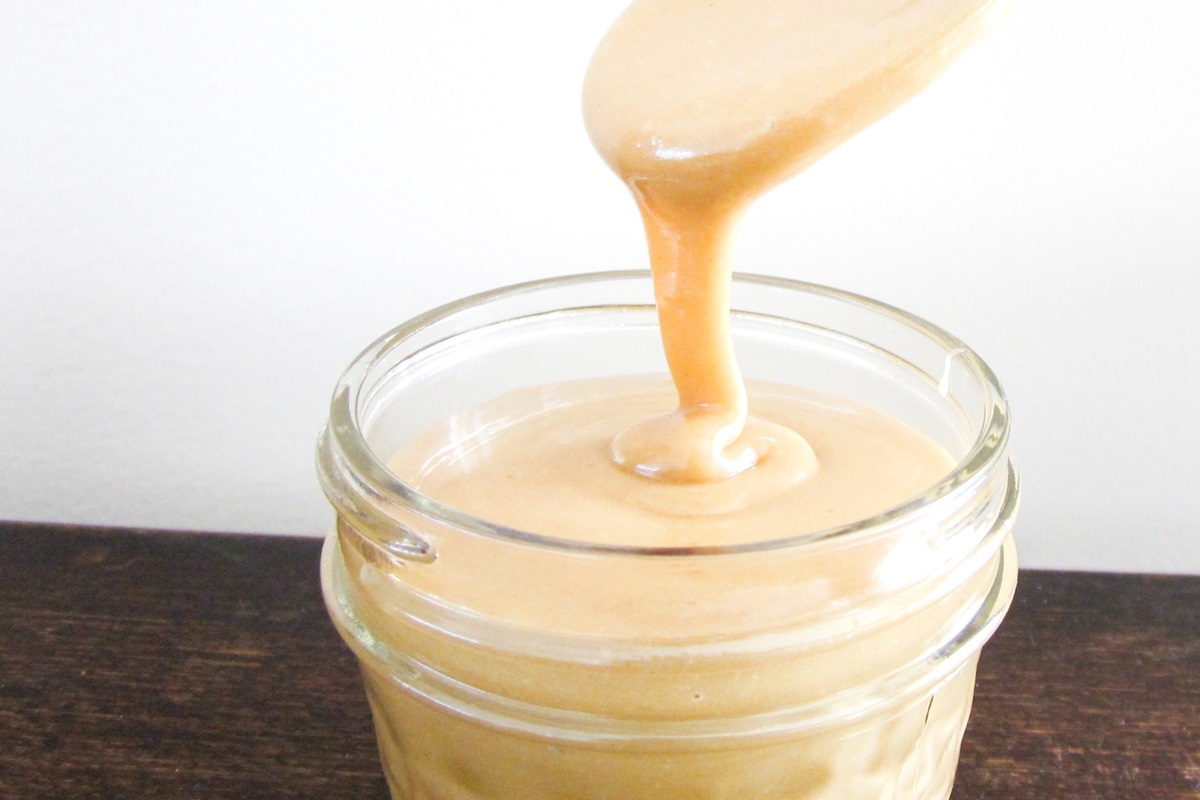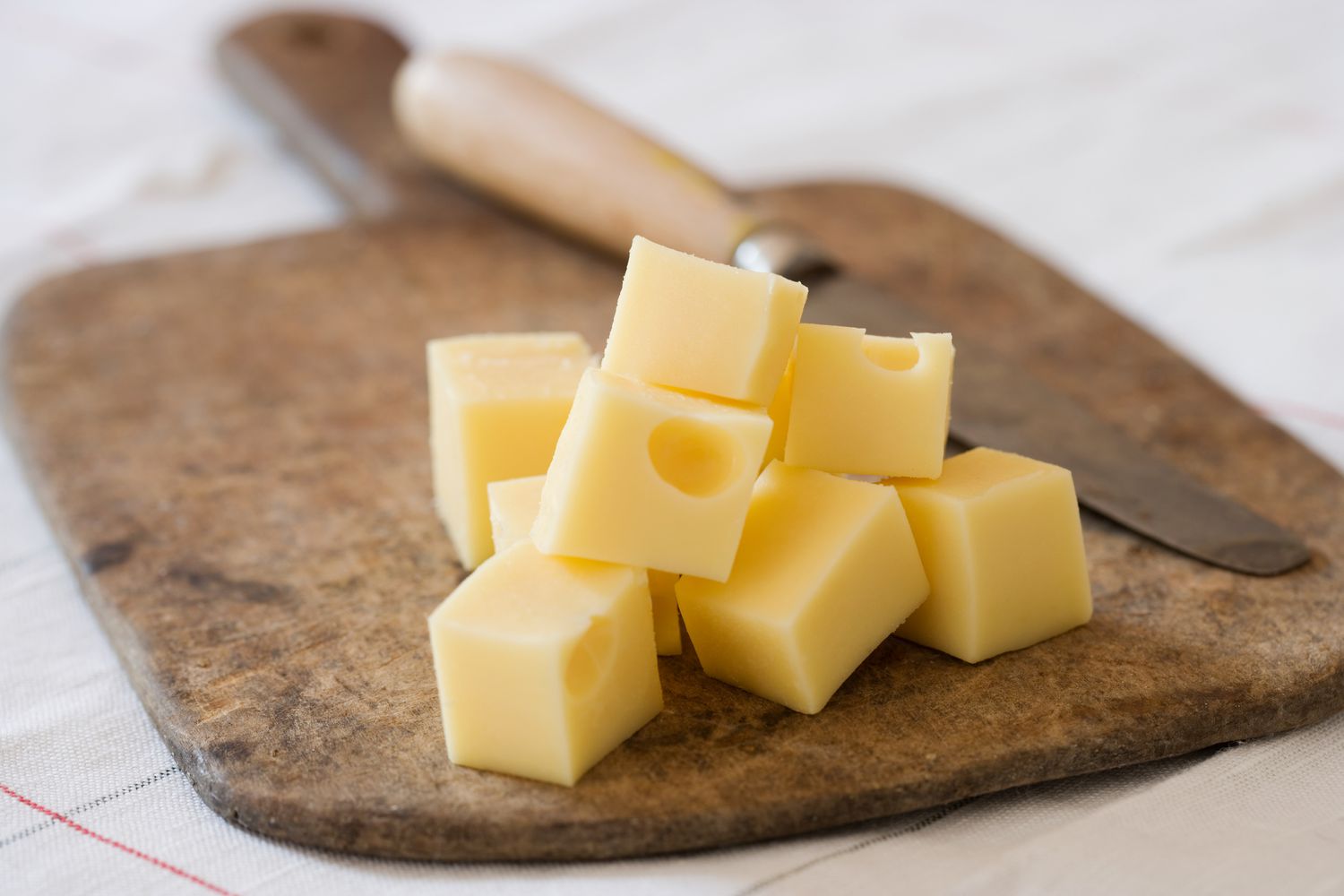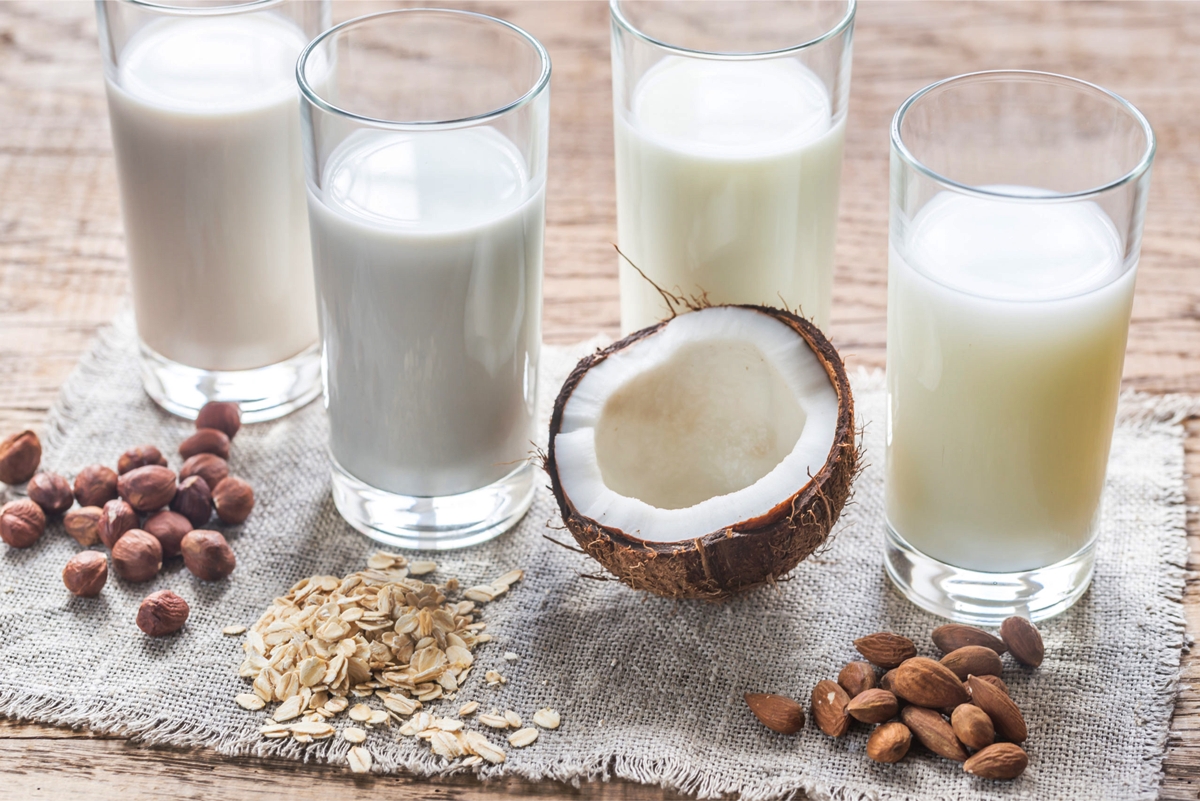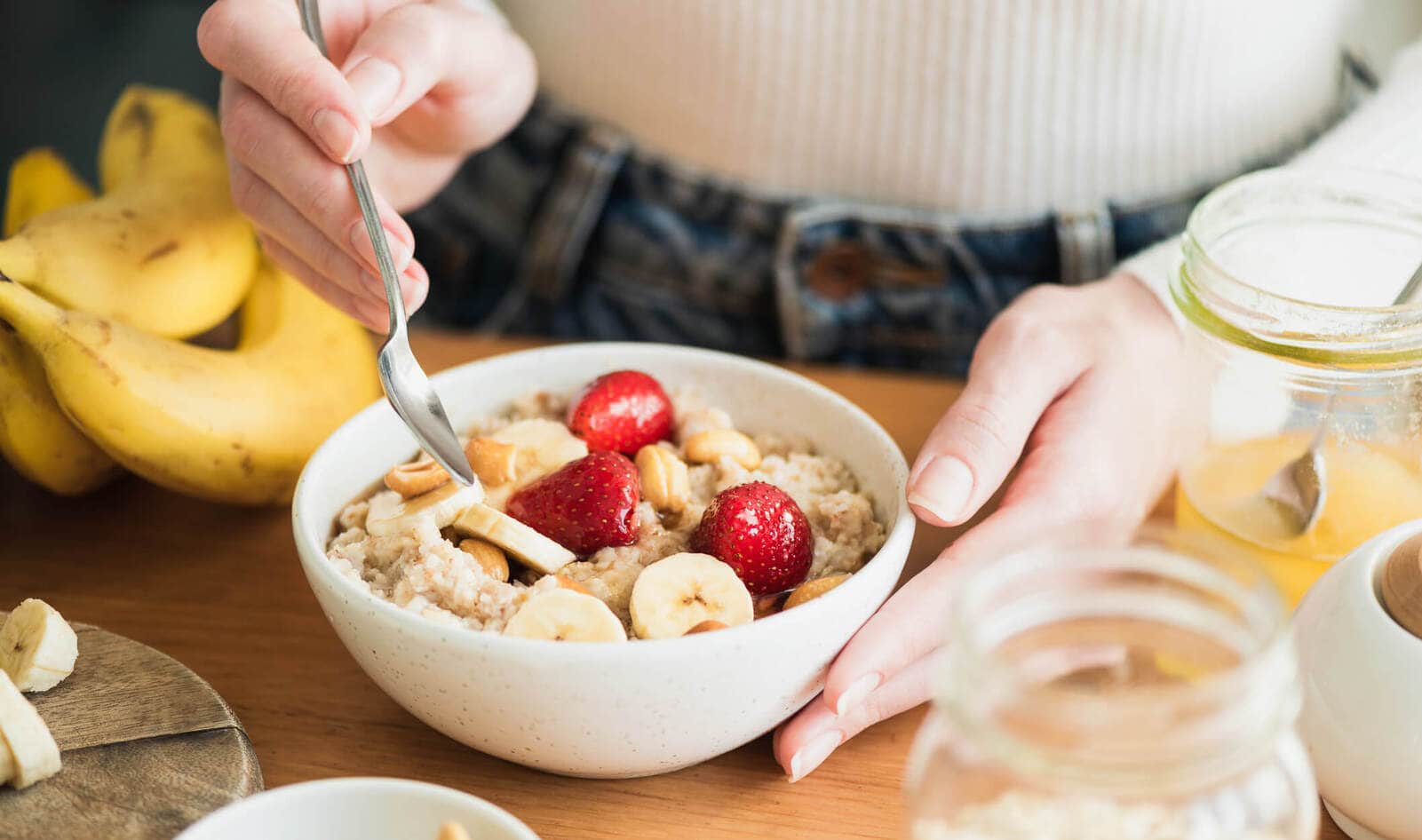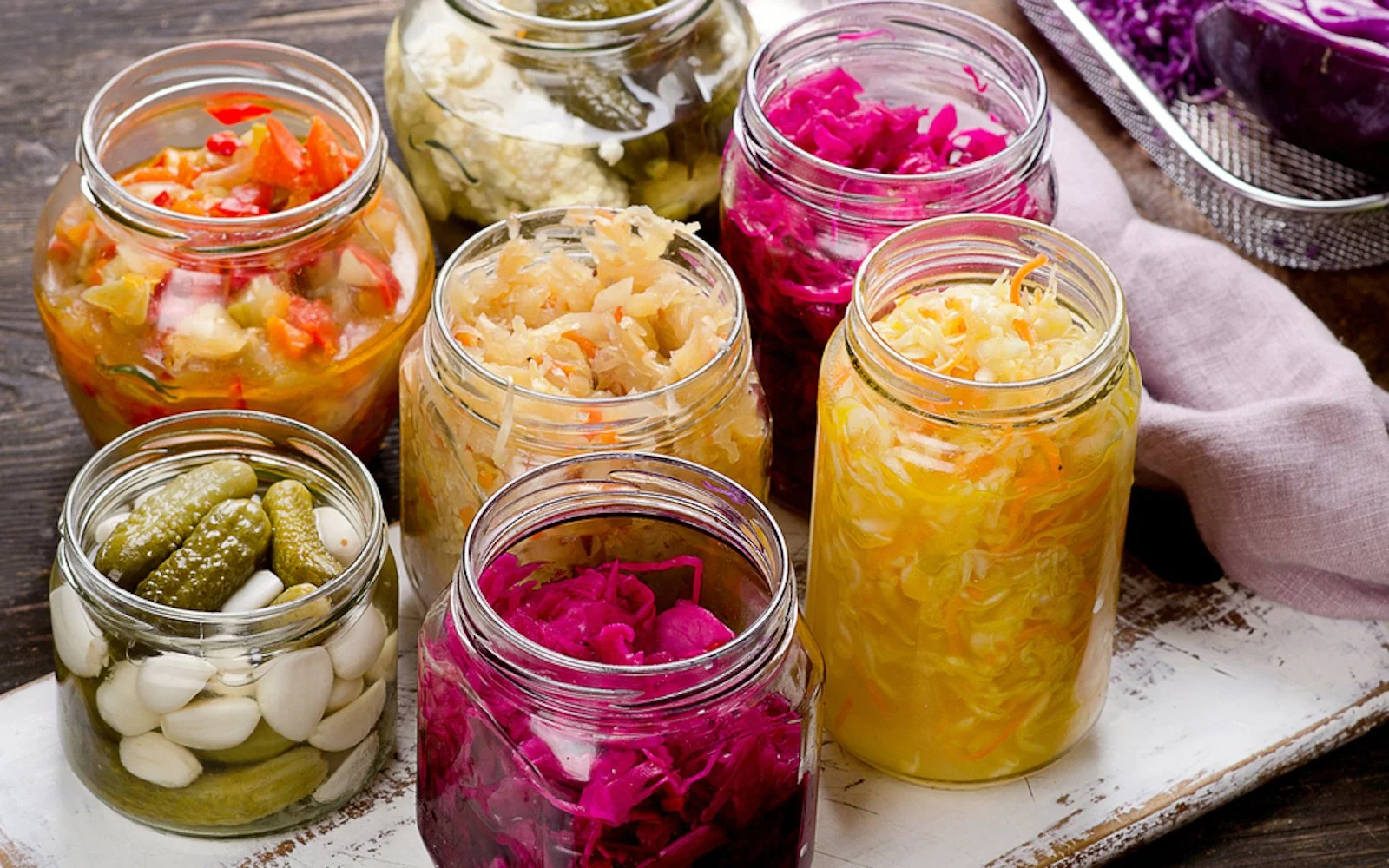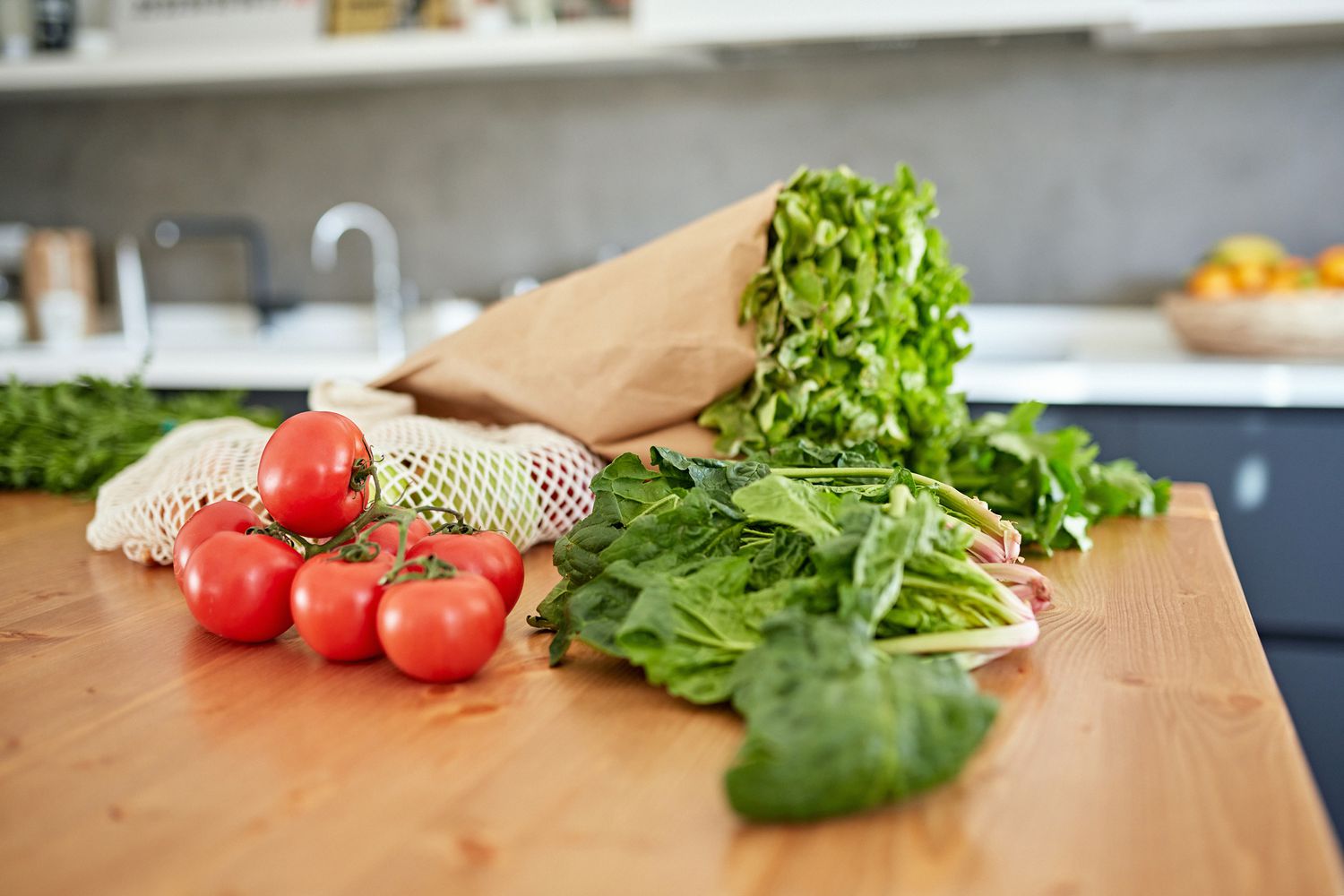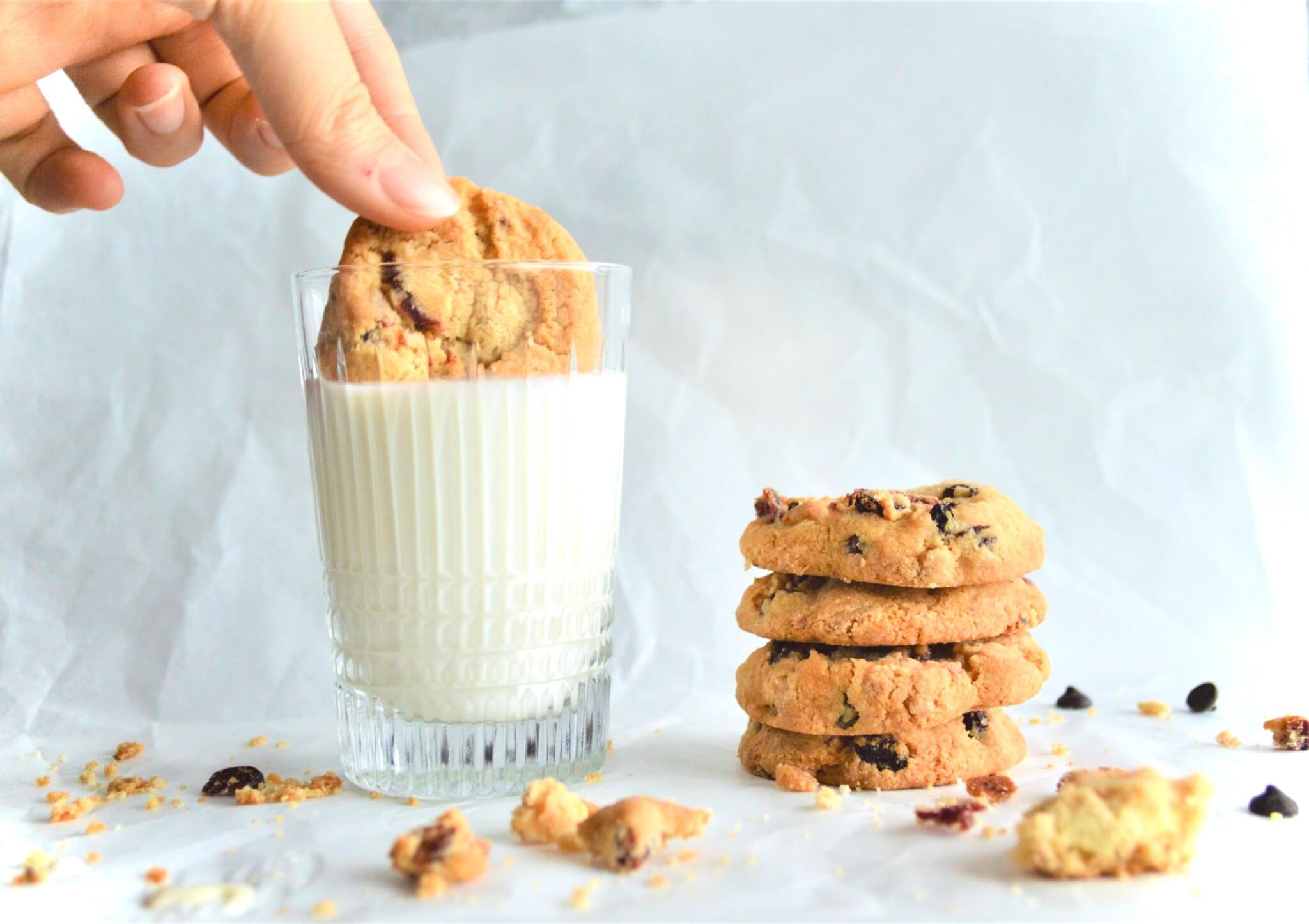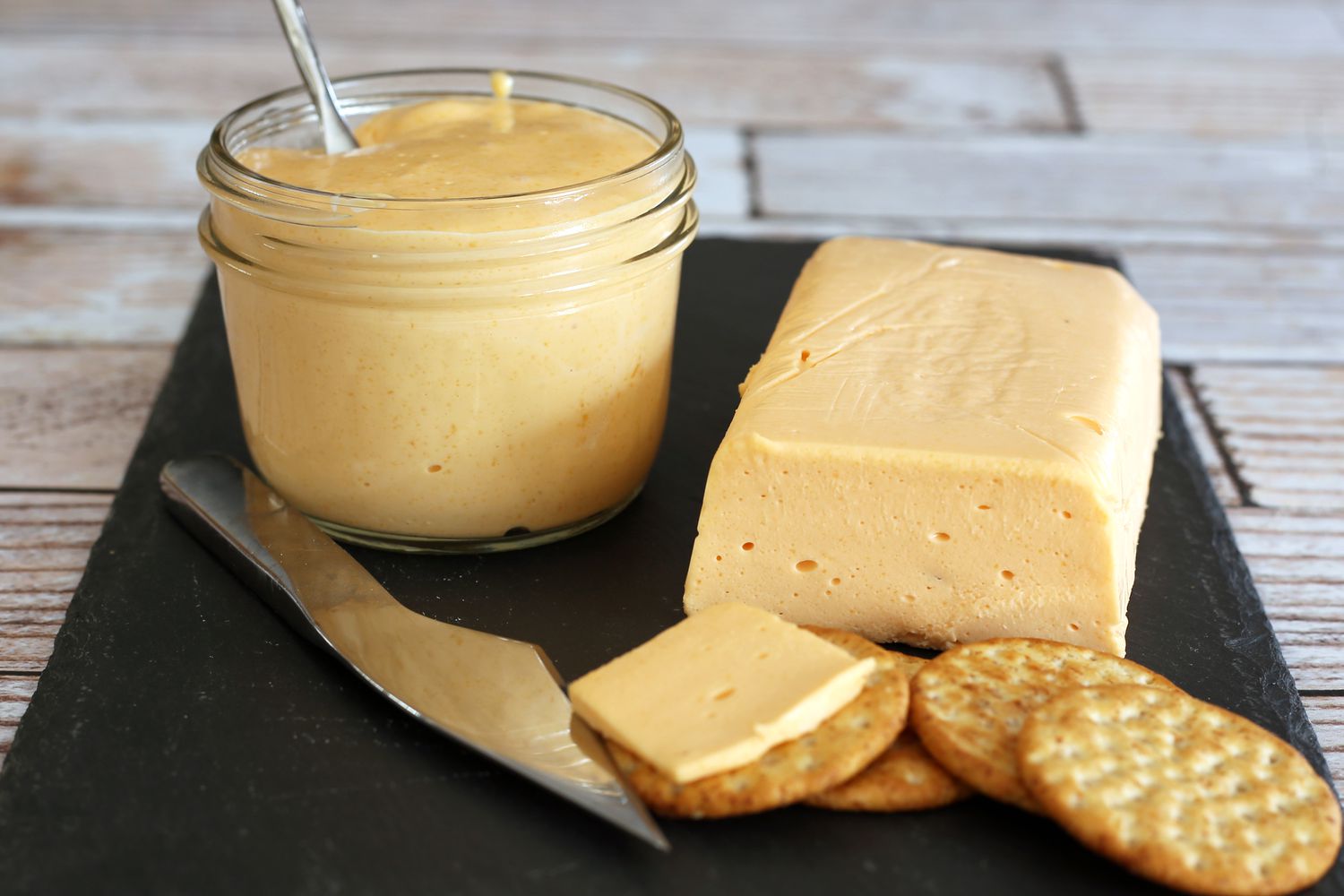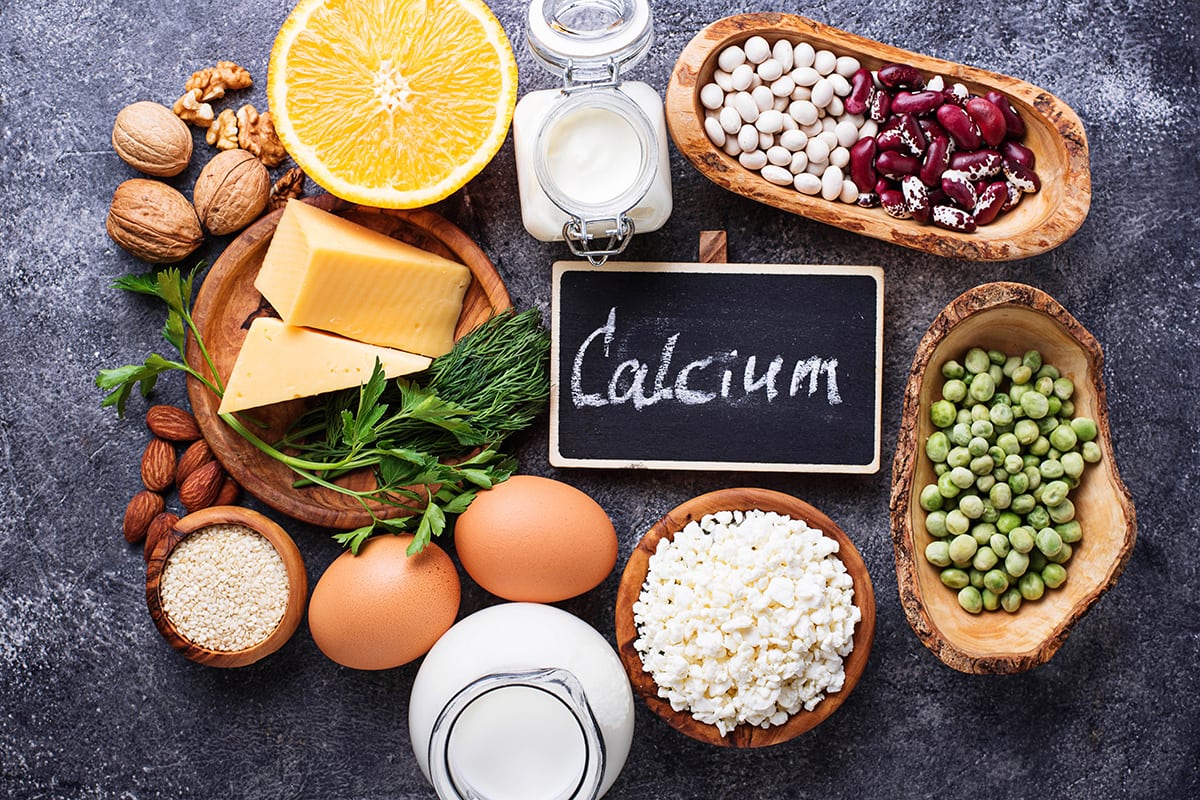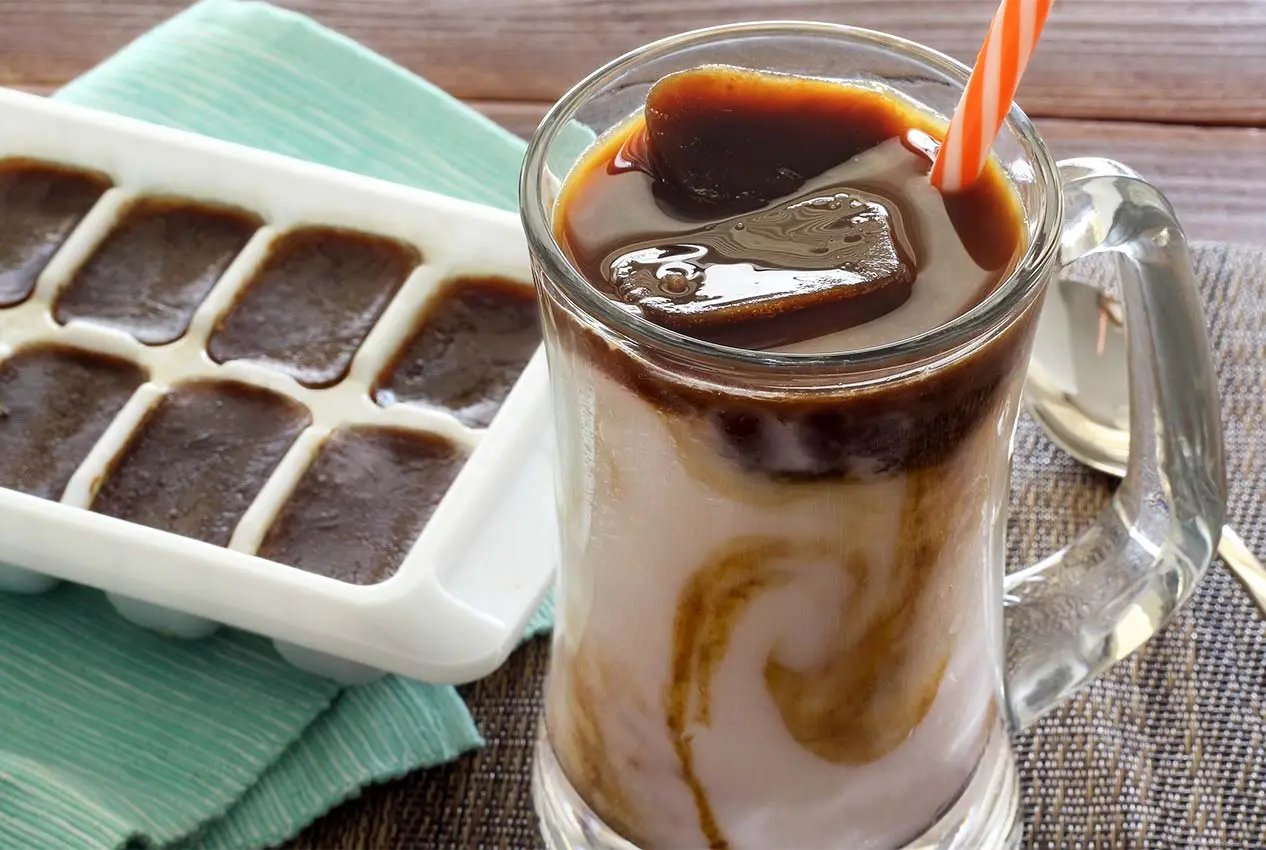Understanding the Non-Dairy Diet
Following a non-dairy diet involves eliminating all dairy products from your meals and snacks. This includes milk, cheese, yogurt, and butter. Many people choose to follow a non-dairy diet due to lactose intolerance, milk allergies, ethical reasons, or simply to explore new dietary options.
Benefits of a Non-Dairy Diet
There are several benefits to following a non-dairy diet, including:
- Improved Digestion: For individuals who are lactose intolerant, eliminating dairy can lead to improved digestion and reduced discomfort.
- Reduced Inflammation: Some people find that removing dairy from their diet can help reduce inflammation in the body, leading to overall better health.
- Exploring New Foods: Following a non-dairy diet encourages individuals to explore alternative sources of nutrients, leading to a more diverse and balanced diet.
Key Nutrients to Focus On
When following a non-dairy diet, it’s important to ensure that you are still getting essential nutrients that are commonly found in dairy products. Focus on incorporating the following into your meals:
- Calcium: Look for non-dairy sources of calcium such as fortified plant-based milks, tofu, almonds, and leafy greens.
- Vitamin D: Seek out sources of vitamin D such as fortified orange juice, mushrooms, and sunlight exposure.
- Protein: Include protein-rich foods like beans, lentils, quinoa, and nuts to meet your protein needs.
Meal Planning Tips
Planning meals on a non-dairy diet can be enjoyable and delicious. Here are some tips to help you navigate meal planning without dairy:
- Experiment with Plant-Based Milks: Try different types of plant-based milks such as almond, soy, coconut, or oat milk to find your favorite for drinking and cooking.
- Explore Dairy-Free Recipes: There are countless dairy-free recipes available online for everything from creamy pasta dishes to decadent desserts.
- Read Labels: Be mindful of hidden dairy in processed foods and opt for whole, natural ingredients whenever possible.
Snack Ideas
When it comes to snacking on a non-dairy diet, the options are plentiful. Consider these delicious and satisfying non-dairy snack ideas:
- Fresh fruit with nut butter
- Vegetable sticks with hummus
- Popcorn seasoned with nutritional yeast
- Chia seed pudding made with plant-based milk
Staying Mindful
While following a non-dairy diet can offer numerous benefits, it’s important to stay mindful of your body’s individual needs. If you have any concerns about meeting your nutritional requirements, consider consulting with a healthcare professional or a registered dietitian to ensure that you are maintaining a balanced and healthy diet.
By embracing the variety of delicious non-dairy foods available and staying informed about your nutritional needs, following a non-dairy diet can be a rewarding and enjoyable experience.
Was this page helpful?
moveoutcleaninglondon
Looking for a company who provide professional move out cleaning in all London regions? Turn to "End to End" company and will receive high-quality service, many benefits and qualified cleaners team. We will remove all dust from the furniture, all cobwebs from the corner and walls, will wipe the floors and mirrors, also windows. Want to make a booking? Just use our phone number 020 3404 5102 and our team will come at a time suitable for you. Please check our website if you need to know more detailed information about us.
